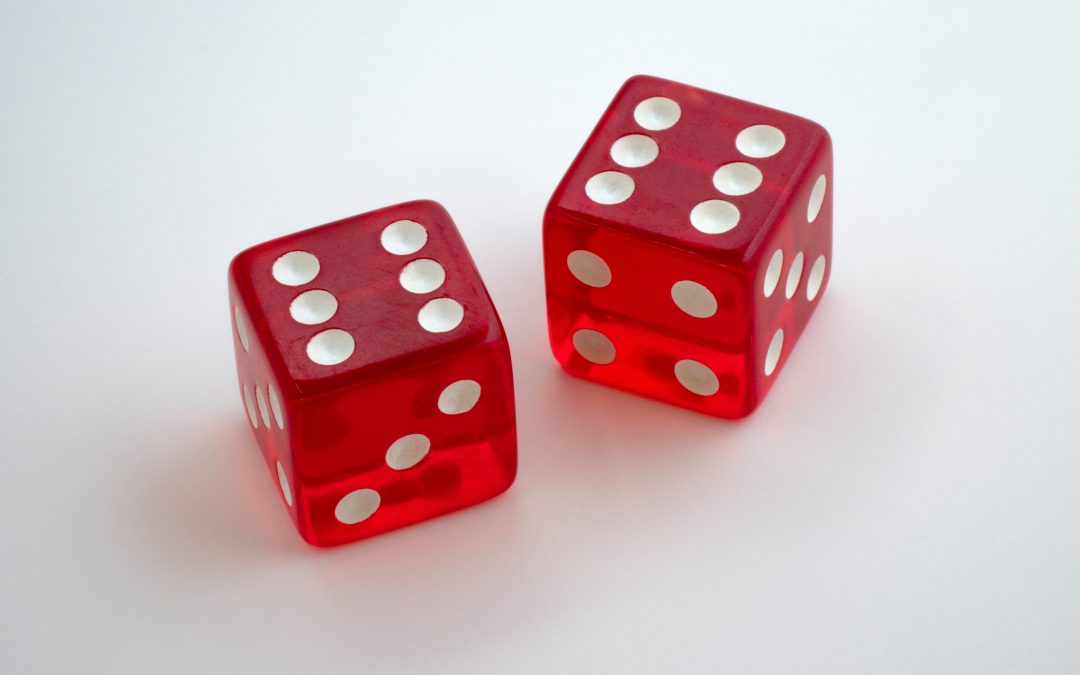The best way to create consequences that students will accept and comply when given is to work through the consequences with the students. (Acknowledge the knowledge your students have – it may amaze you that they can determine fair consequences for the lack of fulfilling classroom expectations.) Random consequences aide the teacher in objective consequences to willful disobedience in the classroom. Objective consequences almost eliminate the accusation that a teacher is ‘picking’ on a child or assigning the same/terrible consequence to a particular child.
Set-Up:
The first day of: school, the week, back from a break – find 20-30 minutes to determine the random consequences with the dice. If you have two different color dice, one can be for good/positive consequences and the other for bad/negative consequences. (Remember, it is not fair to consequent behavior if the students have not been taught by you what behavior you expect. If this has not been done, do that before you implement this method of consequent-ing willful disobedience.)
- Each side of the dice determines the consequence.
- Brainstorm with your students what the consequences should be for each side of the dice, 1 thru 6. (these are your classroom consequences so with the students also determine whether 1 will be the least or the worst consequence, and if you have a dye for negative and positive consequences (rewards and punishment – although I do not recommend this language) this can be decided by the students.
- The teacher/leader has full veto power of any suggestion the students give.
- It is also possible that the students will come up with four or five consequences and
the teacher/leader will need to have a few that they prefer to assign to one of the sides.
Implementation:
As you determined and assigned the consequences, decide together where the dice will be kept. The teacher will model what behavior is expected when the need arises to have a student roll the dice for a consequence, and each student will practice the correct way to roll the dice. The teacher will be the only one in the class to model what behavior is not acceptable in rolling the dice and what behavior is almost but not quite right.
Having the consequences assigned to whatever side of the dice faces up when rolled will allow consequences to be given in a matter-of-fact (calm is contagious) tone of voice by stating to the non-compliant student,
“Roll the (color) dice.” (if there are more than one)
Debate does not happen. (And in turn no one starts walking up the staircase where everyone loses.)
Note: The Teacher Roll
If consequences are needed for more than one student’s behavior, the teacher should roll the dice and apply the consequence determined as fitting for the behavior.
(A teacher roll means–just because the harshest or softest consequence is rolled does not mean that is automatically the consequence. You decide what you tell the students, your roll/your decision which one, as long as you stay within the agreed upon consequences.)


